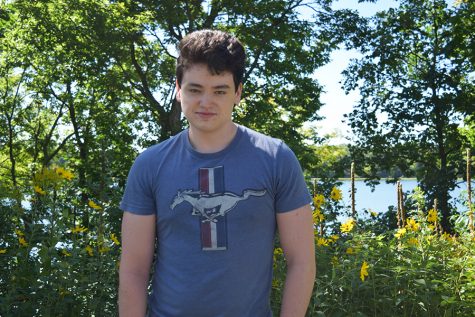Freakonomics

By: Adam Chao
The book, “Freakonomics,” explores conventional wisdom. Although these theories are ubiquitously believed, Economist Steven Levitt and Journalist Stephen J. Dubner dig beneath the surface to reveal that many of these theories are false.
At the beginning of “Freakonomics,” authors Levitt and Dubner state their intentions to explore the idea of conventional wisdom by announcing, “What this book is about is stripping a layer or two from the surface of modern life and seeing what is happening underneath” (12). Levitt and Dubner aim to debunk many commonly accepted theories. A prime example of conventional wisdom is that watching TV negatively effects a child’s brain. Levitt and Dubner delve deeper into this myth and discover that there is “no correlation between a child’s test scores and the amount of television he watches” (172). Another example of conventional wisdom is that guns are more dangerous than swimming pools. Again, the pair discovers that, “the likelihood of death by pool (1 in 11,000) versus death by gun (1 in 1 million-plus) isn’t even close” (150). By disproving these myths, they aim to educate people to always dig below the surface, and to do their own research. If you are interested in investigating these theories, you should read “Freakonomics.”
Additionally, Levitt and Dubner compare otherwise unconnected ideas and explain how they are related. One example of this is when they asked, “How is the Ku Klux Klan like a group of real-estate agents?” This notion sounds crazy when unexplained, but the pair reveals how both groups exploit their knowledge for their own agenda. The Ku Klux Klan uses their knowledge to enforce the exclusivity of their group, while realtors gain money with their knowledge. Another example of the comparison of seemingly unrelated groups is when they asked, “What do schoolteachers and sumo wrestlers have in common?” (51). Levitt and Dubner explain that both schoolteachers and sumo wrestlers cheat. Some teachers purposefully raise their students’ test scores for the fear of losing their jobs, or because of bribery. In 1996, a law was implemented in Chicago, where schools were closed and teachers were terminated if the student’s reading scores fell below a certain threshold. This experiment increased the incentive for teachers to tamper with students’ test scores. The analytics of this experiment suggest that at least 5% of the teachers cheated (15). Also, numerous amounts of sumo wrestlers purposefully lose their matches due to bribery and blackmail. The less-established wrestlers are more susceptible to this because of their small wages. While analyzing these outlandish comparisons, they find similarities between them, further developing their purpose.
In conclusion, I would highly recommend this book to anyone that is interested in digging below the surface on commonly believed theories.

My name is Adam Chao. I am a senior, and this is my second year on the Eyrie. I joined because it offers a platform to express my (sometimes polarizing)...


